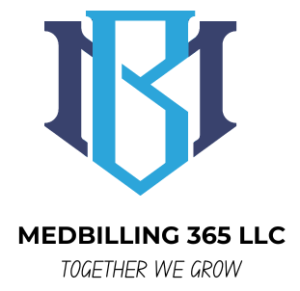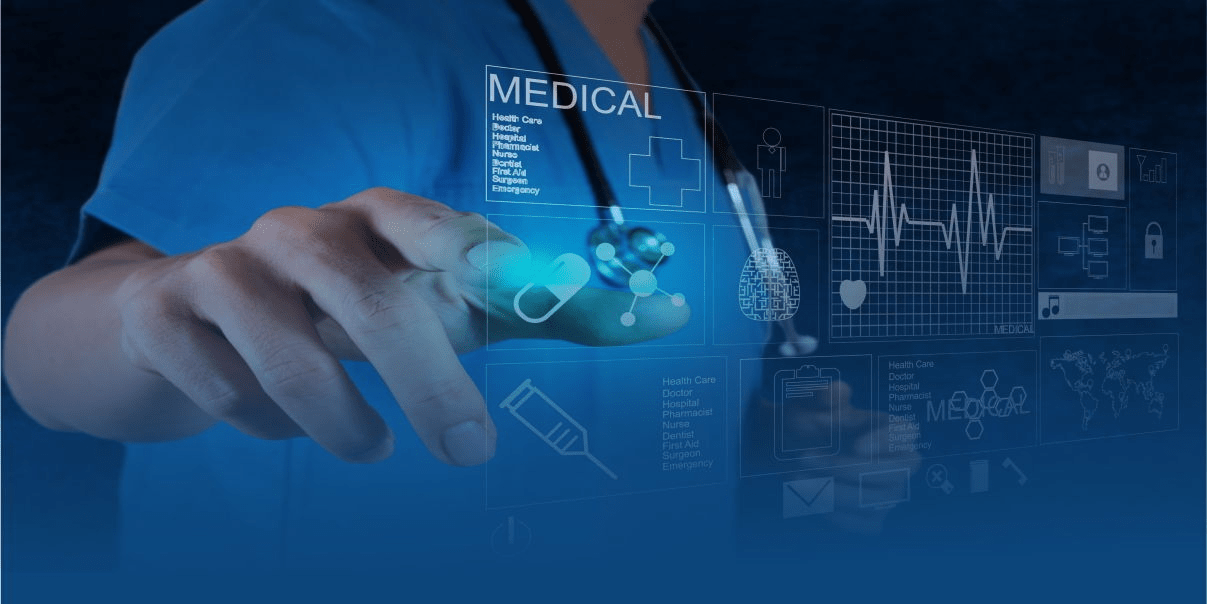What is Medical Billing?
Medical billing is the process of translating healthcare services and treatments into standardized codes to facilitate payment from insurance companies or patients. This process ensures that healthcare providers receive reimbursement for their services while maintaining accuracy and compliance with regulations.
The Importance of Medical Billing
- Financial Health of Healthcare Providers: Accurate billing is essential for healthcare providers to maintain financial stability and ensure that they receive timely and correct payments for their services.
- Patient Financial Responsibility: Proper medical billing helps patients understand their financial responsibility, including co-pays, deductibles, and any out-of-pocket expenses.
- Regulatory Compliance: Medical billing ensures compliance with regulations and standards set by healthcare authorities and insurance companies, reducing the risk of audits and penalties.
- Efficient Claim Processing: Effective billing processes speed up claim submissions and approvals, leading to faster reimbursement for healthcare services.
The Medical Billing Process
The medical billing process involves several steps, each critical to ensuring accurate and timely payment for healthcare services. Here’s an overview of the process:
- Patient Registration:
- Collecting and verifying patient information, including personal details, insurance coverage, and medical history.
- Ensuring that all necessary documentation is completed and accurate.
- Medical Coding:
- Translating healthcare services, diagnoses, and procedures into standardized codes using systems such as ICD-10 (International Classification of Diseases) and CPT (Current Procedural Terminology).
- Ensuring that codes are accurate and align with the services provided to avoid claim denials.
- Claim Preparation:
- Creating and organizing claims based on the coded information.
- Including all necessary details such as patient information, provider details, and service codes.
- Claim Submission:
- Submitting the claim to the appropriate insurance company or payer, either electronically or via paper forms.
- Ensuring that the claim meets all submission requirements and is sent to the correct payer.
- Claim Adjudication:
- The insurance company reviews the claim to determine coverage, payment amounts, and any patient responsibilities.
- This process involves verifying the accuracy of the claim and ensuring that it meets policy guidelines.
- Payment Posting:
- Recording and reconciling payments received from insurance companies and patients.
- Updating patient accounts to reflect any adjustments, co-pays, or outstanding balances.
- Denial Management:
- Addressing and resolving any claim denials or rejections.
- Reviewing the reasons for denial, making necessary corrections, and resubmitting the claim.
- Patient Billing:
- Generating and sending invoices to patients for any outstanding balances not covered by insurance.
- Providing clear and detailed statements to help patients understand their financial responsibilities.
- Follow-Up and Collections:
- Monitoring and following up on unpaid claims and patient balances.
- Implementing collections procedures if necessary to recover outstanding payments.
Challenges in Medical Billing
- Complexity of Codes and Regulations:
- Keeping up with changing coding standards and healthcare regulations can be challenging.
- Accurate coding requires constant education and training to avoid errors and ensure compliance.
- Claim Denials and Rejections:
- Managing denials and rejections can be time-consuming and requires effective problem-solving skills.
- Understanding the reasons for denials and making necessary corrections is essential for successful claim resubmission.
- Patient Communication:
- Effectively communicating with patients about their financial responsibilities can be challenging, especially when dealing with complex insurance plans and billing statements.
- Data Security:
- Ensuring the confidentiality and security of patient information is critical.
- Adhering to regulations such as HIPAA (Health Insurance Portability and Accountability Act) is essential to protect patient data.
The Future of Medical Billing
- Technological Advancements:
- Automation and electronic health records (EHR) systems are streamlining the billing process and reducing manual errors.
- Advanced billing software and artificial intelligence (AI) are improving accuracy and efficiency in coding and claims processing.
- Value-Based Care:
- The shift towards value-based care models is changing how medical billing is approached, with a focus on quality and patient outcomes rather than volume of services.
- Telemedicine:
- The rise of telemedicine introduces new billing challenges and opportunities, requiring updates to billing practices to accommodate remote consultations and virtual care.
- Patient-Centric Billing:
- There is a growing emphasis on transparent and patient-friendly billing practices, including clear statements and flexible payment options to enhance patient satisfaction.
Conclusion
Medical billing is a complex yet essential aspect of the healthcare system, ensuring that providers are compensated for their services and that patients are billed accurately. By understanding the detailed process and navigating the associated challenges, healthcare providers can optimize their billing practices and contribute to a more efficient and effective healthcare system.

